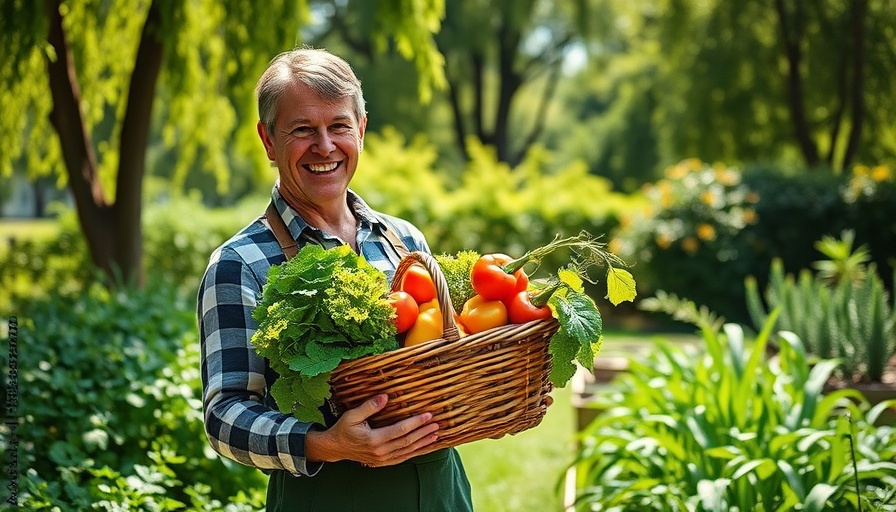
Why Firework Safety Matters for Your Landscape
Every year on the 4th of July, families across the United States gather to celebrate Independence Day with barbecues, family gatherings, and, of course, stunning firework displays. While the joyful visuals of fireworks can elevate the festive atmosphere, they also pose significant risks to your home, particularly your landscape. It’s vital to understand why protecting your yard is crucial not only for safety but also for maintaining its aesthetic beauty during this celebratory season.
Assessing Your Landscape’s Fire Risk
Before the first firework lights up the sky, it’s essential to assess your property's vulnerability. Various factors influence the flammability of your landscape, such as the layout, vegetation, and the presence of dry debris. Identifying these potential hazards can save you from costly damages and heartache when the festivities are over.
Key Areas to Evaluate
Flammable Zones: Start by identifying areas most susceptible to catching fire. Locations with dry grass, leaves, and debris pose high risks. Ensure these areas are cleaned up and well-maintained as a first line of defense.
Vegetation: Next, examine the types of plants in your yard. Some plants, like evergreens with resinous sap, are inherently more flammable than others. Consider introducing fire-resistant plants like succulents or deciduous trees into your landscaping to minimize risks.
Proximity to Fireworks: Assess how close your yard is to potential firework launch sites, whether it be a public display or personal show. Homes within reach of aerial fireworks may require extra precautions to mitigate sparks.
Effective Preparations Before the Celebration
With your risks assessed, now it’s time to implement some proactive strategies to ensure your yard’s safety during the festivities. Here are a few effective preparations to consider:
Careful Cleanup Before Fireworks Begin
A week before the 4th of July, set aside time to thoroughly clean your yard. Remove dry leaves, twigs, and other flammable debris that can easily ignite from stray sparks. A meticulous yard cleanup not only beautifies your property for visitors but also acts as a crucial fire prevention measure.
Consider Landscaping Enhancements
Another strategy is to reconsider your landscaping design. Implementing hardscape features like stone pathways or patios can create safe zones that act as barriers against fire spread. Additionally, strategically placing non-flammable plants around key areas can help shield more vulnerable regions of your yard.
Protective Measures on the Day of Celebration
On the day itself, take a few last-minute precautions. Have a hose, fire extinguisher, or bucket of water nearby. Their mere presence can be a lifesaver should an unexpected spark threaten your greenery. Additionally, avoid lighting fireworks under dry tree branches or in areas crowded with vegetation.
After the Fireworks: Recovery Tips
Once the dazzling show ends, check your yard for any unexpected damage. Prompt post-celebration care is vital for recovery. Make sure to water your plants adequately and assess any potential fire damage to foliage. Addressing any issues immediately will help ensure your landscape thrives despite the holiday chaos.
A Call to Action
This Fourth of July, let’s prioritize safety without compromising the fun! By taking these proactive measures, you can protect your yard from firework damage while enjoying the celebrations. Connect with your local landscaping experts to explore further protective options, and ensure your home remains a beautiful and safe space for you and your loved ones during summer festivities!
 Add Row
Add Row  Add
Add 




Write A Comment